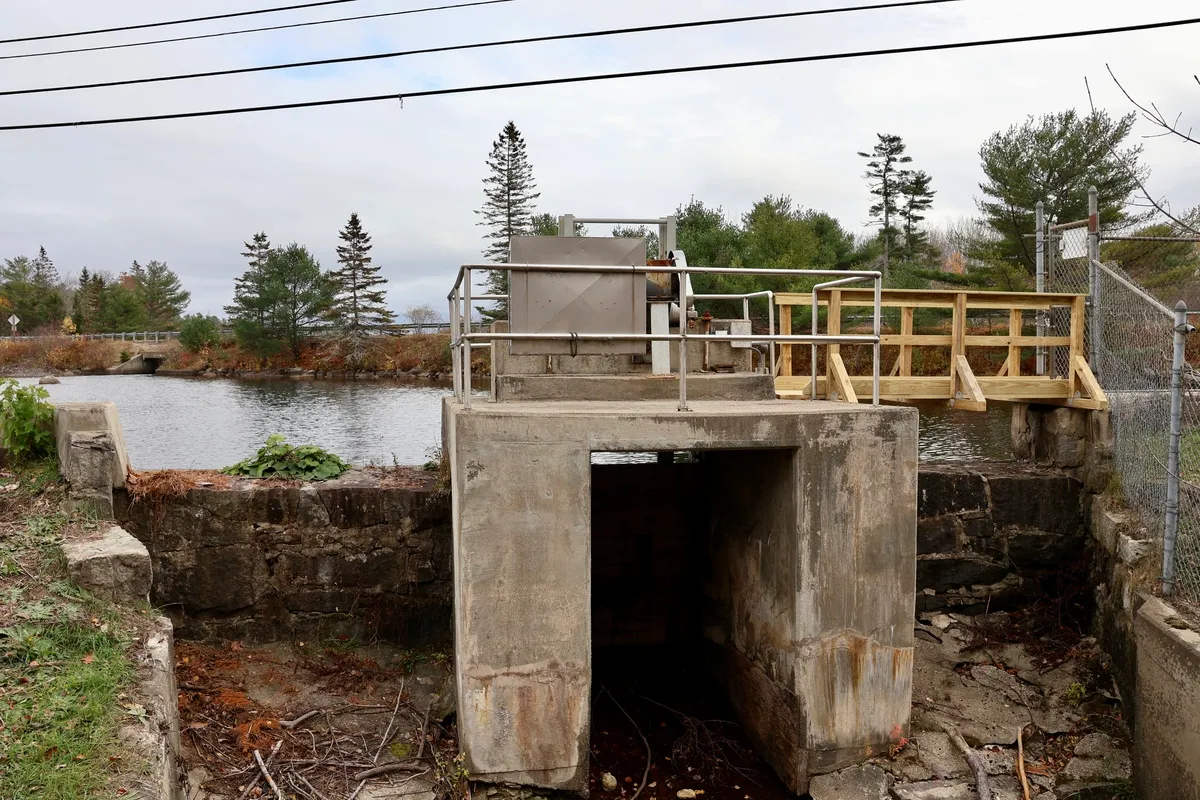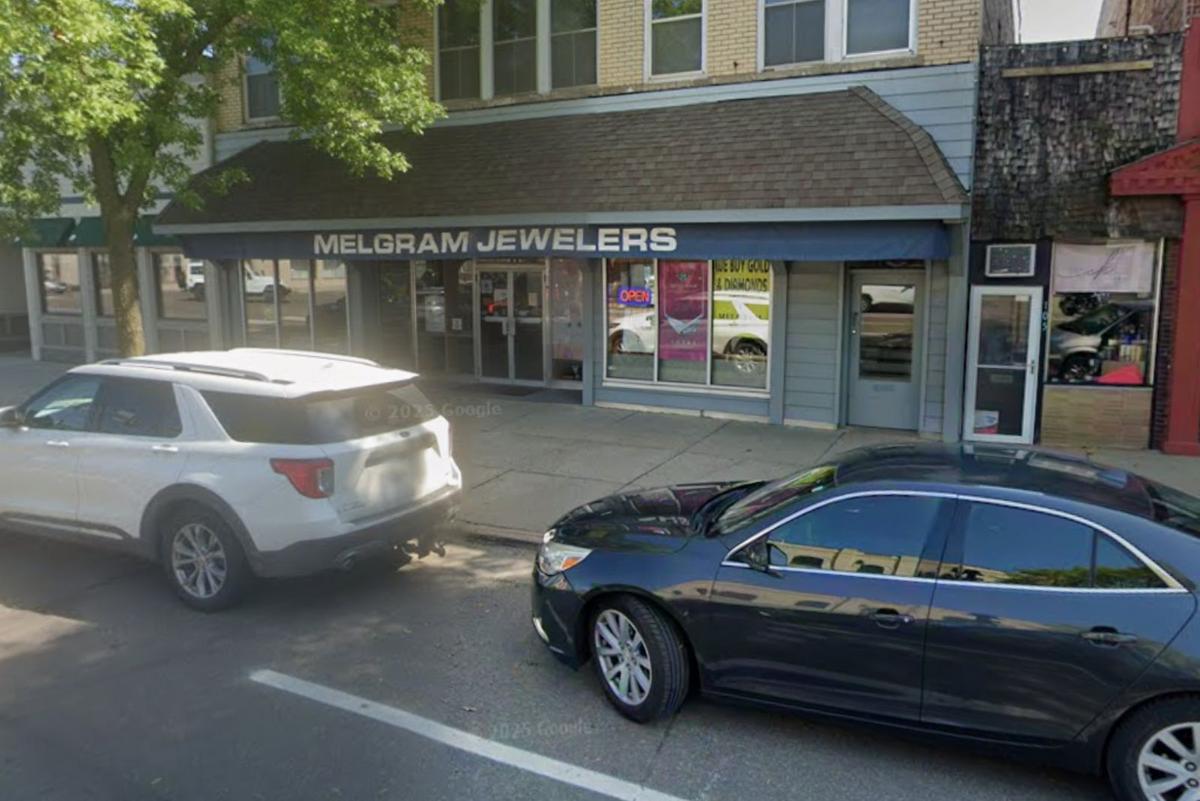Copyright Bangor Daily News

Orland-area residents figured that, someday, the scrap metal company that owns dams on Toddy Pond and Alamoosook would want to get rid of them. The Bucksport paper mill the dams were built to support has been closed for more than a decade, and the company specializes in scrap metal recovery and recycling — not in maintaining dams. But it was hard to plan ahead because Bucksport Mill LLC was tight-lipped about its plans, said Marc Restuccia, president of Toddy Pond’s homeownership association. Then, last summer, the company abruptly petitioned the state for permission to abandon those two dams and a third in Bucksport under an untested state law that some feel unfairly favors mill property owners. If it succeeds, the water will be released and the lake levels will drop, taking millions in tax value and business revenue with it while leaving the dams to crumble. “It was not a surprise,” Orland Select Board member Gina Bushong said. “They’re done in our town. They’ve taken all the money and the resources they can get.” Next came more than a year of work and emergency legislation that allows the towns bordering these two bodies of water to form two quasi-municipal watershed management districts that could take over the dams and maintain them — a plan that’s apparently the first of its kind in Maine. The towns are asking their voters on Nov. 4 whether they approve. The process shows how one region is responding to the continued aftershocks of a major employer’s departure and highlights how the area’s economy is largely supported by recreation and homeownership on its lakes. But it also revealed weaknesses in existing laws and set a precedent for other towns that may face similar challenges as Maine’s 500-plus aging dams continue to deteriorate. Bucksport Mill LLC is a subsidiary of American Iron and Metal Inc., a salvage company which bought the former Verso Paper mill site and its holdings after it closed in 2014. Some expected power plant Bucksport Generation or drinking water provider Maine Water would want the dams, but both declined. The property owner associations on Toddy and Alamoosook also considered it, but thought it would be unwise as all-volunteer groups with questionable financial capacity, according to Restuccia. So towns started working together to find solutions with input from residents, who largely want to see the lakes maintained, Bushong said. The ballot questions will ask Orland voters whether to form a water management district for Alamoosook Lake and residents of Blue Hill, Orland, Penobscot and Surry whether to form one for Toddy Pond. They would also set aside funds for the first year of operation. Silver Lake, which is located entirely in Bucksport with much less residential development, also has a dam owned by AIM, but its ownership is not up for a vote next week. Both districts would be led by trustees from the towns and waterfront property owners, with costs split equally between them. Waterfront owners would pay twice: they would get billed separately to cover half of a dam’s operating costs, and then pay a smaller general taxpayer share though their property tax bills. Each year, towns will vote on a budget; if one decides to withdraw, the property owners would be responsible for the rest. Studies commissioned by the groups have shown ownership will save the towns money compared to abandonment. For this reason, many area residents who understand the plan generally support it, according to community leaders, though some are concerned about higher costs to follow. “There’s going to be tremendous pressure on both of those groups for it to be done in the most cost-effective way possible,” Restuccia said. Waterfront property makes up a significant portion of Orland’s tax base, according to Bushong. If the dams were released, the water level is expected to drop about eight feet and about $50 million in property value could be lost overall. That means around $500,000 less in tax revenue for her town which, like its neighbors, already is struggling to keep costs down. Local businesses also rely on the seasonal economy built around the pond, and some of those residents have said they would move if the water is released, according to Restuccia. Multigenerational family camps, boating and other water activities are popular draws. Rob Mushrall, owner of Rob’s Hardware on Route 1, was born and raised in Orland and supports the proposal to give towns more control. “I think it would kill the economy here if we didn’t have the lakes,” he said, estimating that 80 percent of sales at his store go to maintaining waterfront homes and gardens. Locals have built businesses around cleaning camps, caring for them in the off season and working on the grounds, he said. Many of the owners themselves can’t vote because they don’t live in town, but spend significant money locally throughout the year, he added. Some fear the proposal will be costly, Mushrall said. But he said taxes will go up anyway, and without high waterfront values, other landowners would have to make up the difference. Budget projections at this point seem reasonable to him, he added; Orland is expected to pay about $5,000 this year as the district forms. Maintenance costs for the Toddy Dam could be about $150,000 annually, leaders have estimated. With half that cost being funded by waterfront property owners on the pond, Orland’s taxpayer share would be $32,000 while in other towns the taxpayer share would be smaller, proportional to each town’s lake frontage. Studies by the group have suggested it would cost 20 times more to let the dams be abandoned than owned locally, and an estimate calculator shows greater increases if the dam is abandoned. While other Maine towns have started removing their dams in recent years for environmental reasons, often to enhance fish passage, that’s not on the table for these bodies of water. Abandonment of the Hancock County dams would simply release the water while the concrete structures remain and continue deteriorating, possibly hampering fish more in the end, Restuccia said. Both also have existing fishways built in with successful alewife migrations in the springtime. Improvements could be made, according to Bushong, but the towns would need to own the dams in order to make them; they could also be more competitive for grant funding together with another fishway in the village center. Both Orland dams need repairs and maintenance in the coming years, engineering studies show, but aren’t in immediate danger of breaching. People less familiar with the proposal have suggested the state can assume responsibility for abandoned dams, according to Bushong. But with hundreds of the structures aging and other demands on state resources, that doesn’t appear likely. Less than a week before Election Day, she and Restuccia both said they felt fairly confident residents will support forming the districts. “I think a lot of people feel having local control over our waterways is preferable to having a multinational corporation managing [them],” Bushong said.



